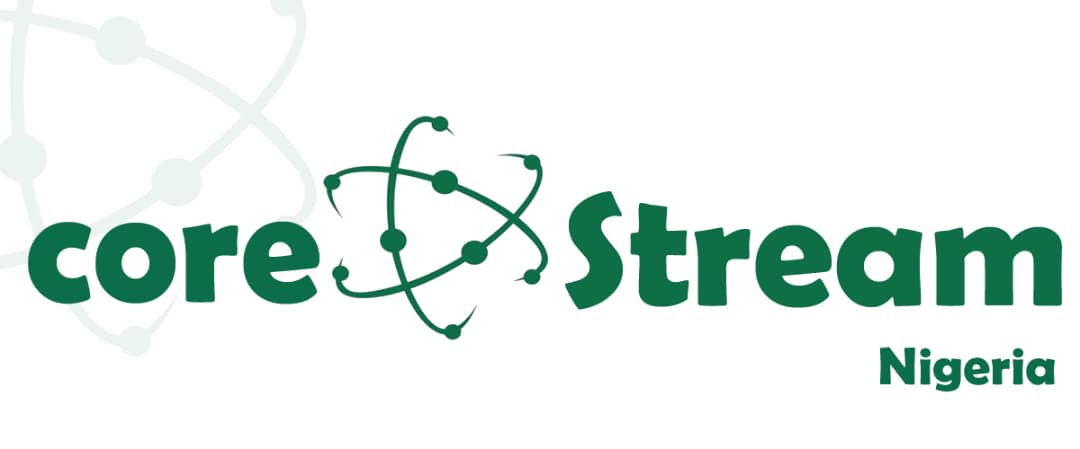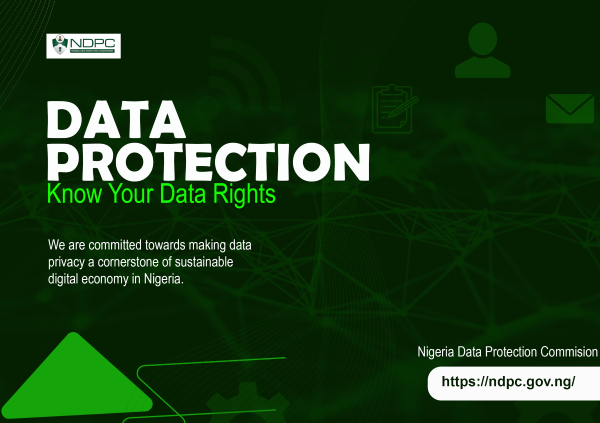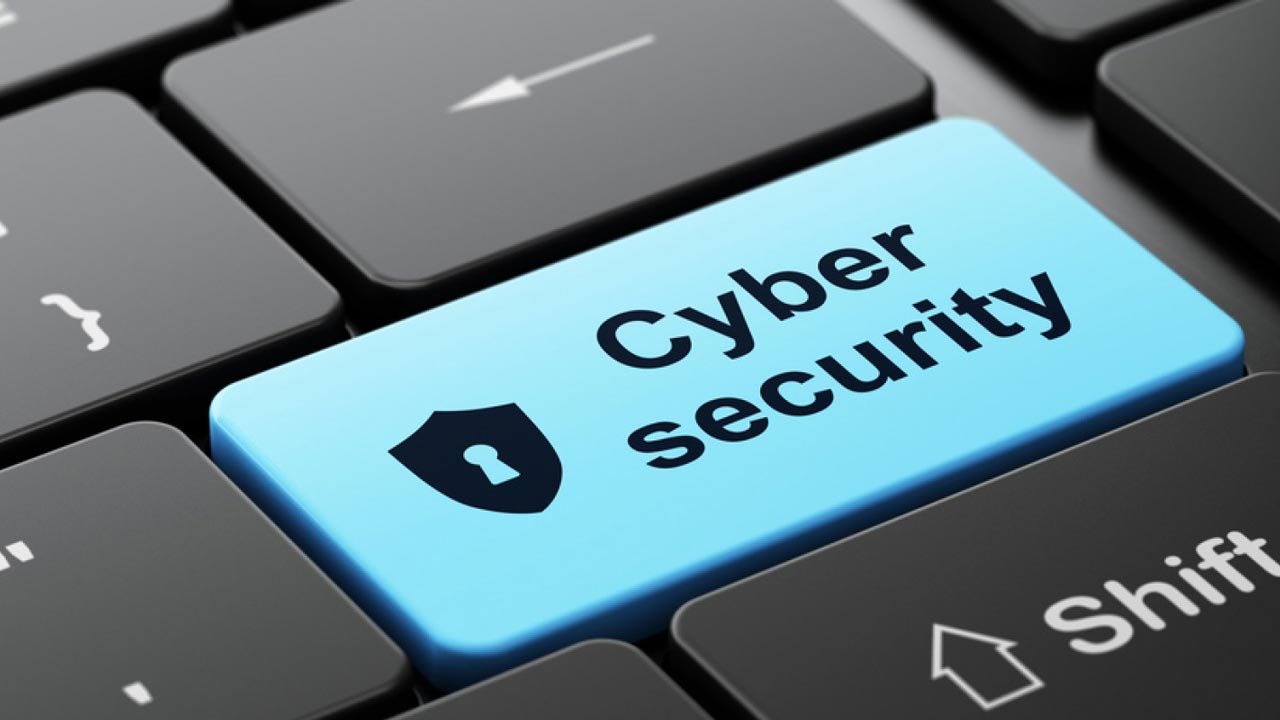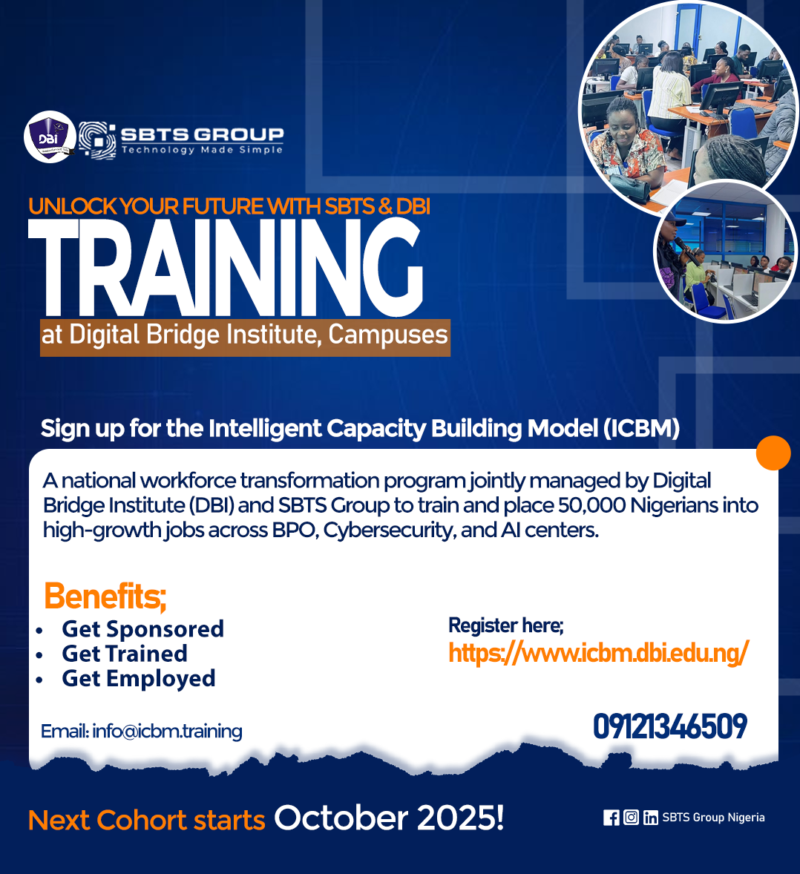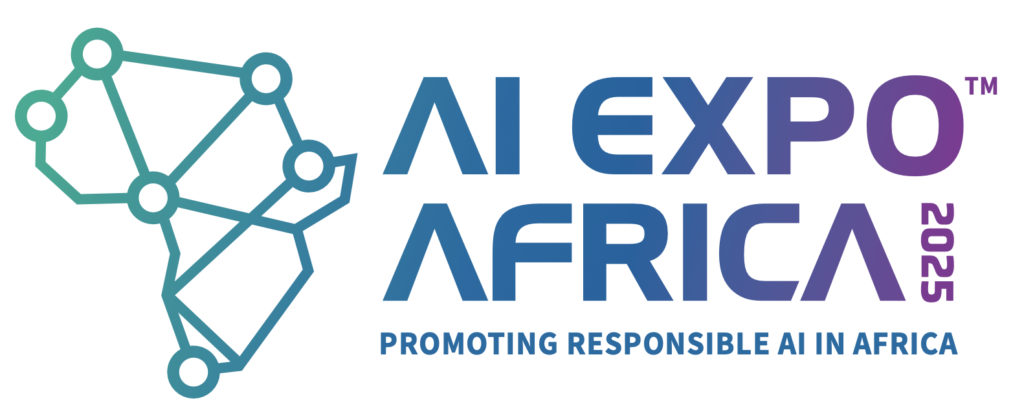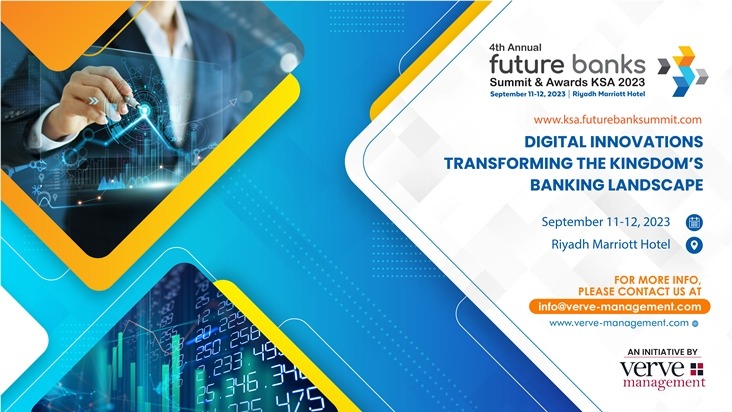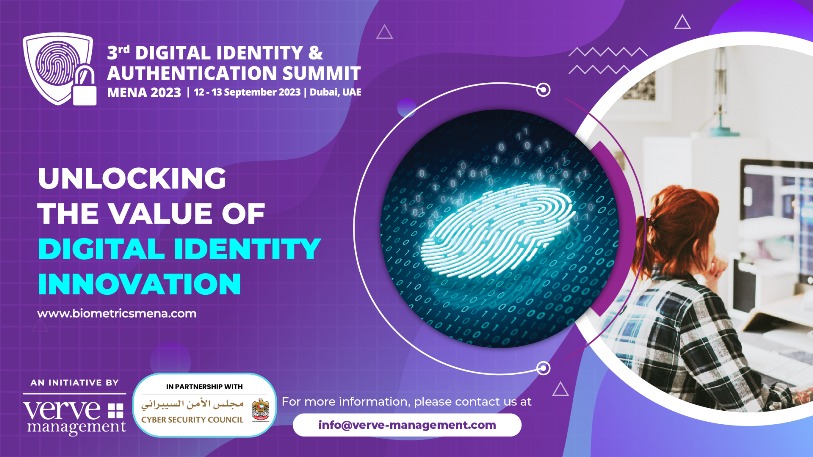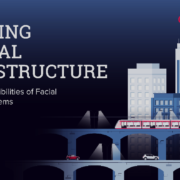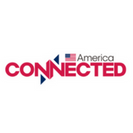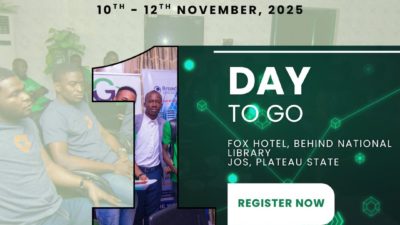By Joel Omeike
Introduction – Cyberattacks Are a People Problem Before They Become a Tech Problem
Let us speak plainly, as leaders must. The greatest threat to your organization may not be hidden in code or cloaked behind anonymous IP addresses. It may be in the next careless click, the unchecked attachment, or the unsuspecting employee on a phishing hook. In this age of digital siege, where ransomware locks down billion-dollar companies and deepfakes mimic CEOs, the warfront has moved beyond the server room. It now passes through your workforce.
RELATED: Empowering leadership: Strengthening GenAI through strategic human oversight
And so I ask you, Chief People Officer, HR Director, Transformation Leader: Are you ready to defend? Because cybersecurity is no longer the CIO’s problem. It is HR’s silent battlefield. The enemy is ignorance, complacency, and culture gone soft.
This is not just about risk management. This is about relevance. It’s about HR stepping into a new mandate: becoming the architect of cyber-safe cultures, the enforcer of responsible behavior, and the protector of organizational trust. This article is your roadmap.
1. The New Battlefield: Understanding Internal vs. External Threats
Your IT team fights cybercriminals daily. But HR must fight something equally dangerous: the untrained human operating the keyboard.
External Threats:
- Phishing: Deceptive emails targeting employees
- Ransomware: Criminals encrypt company data and demand payment
- BEC (Business Email Compromise): Impersonation of executives to defraud finance teams
- Deepfakes: AI-generated impersonations used to deceive employees
Internal Threats:
- Negligence: Employees reusing passwords or accessing insecure networks
- Malicious Insiders: Disgruntled staff leaking or stealing data
- Shadow IT: Teams using unauthorized tools without security clearance
The remote and hybrid work revolution has only worsened the threat landscape. Employees now operate across unsecured home networks, public Wi-Fi, and personal devices. The firewall is no longer enough. The real perimeter is human behavior.
Key HR Takeaway: Your policies, hiring practices, onboarding, and learning pathways must evolve to reflect this reality. HR can no longer afford to be a bystander.
2. The HR Mandate: From Compliance Custodian to Cyber Culture Architect
In many organizations, HR has taken the backseat in cyber defense, content with ensuring the annual policy signoff. But tick-box compliance does not build resilience. Culture does.
As HR, you are the guardian of values, behaviors, and employee experience. You are the only function capable of:
- Embedding cybersecurity awareness into the fabric of the culture
- Aligning leadership messaging with secure behavior
- Driving everyday vigilance through microlearning, nudges, and modeling
- Shaping norms around digital responsibility
From Passive to Active Governance:
- Integrate cybersecurity into onboarding and induction programs
- Include cyber-responsibility in performance reviews and KPIs
- Champion cyber moments in team meetings or newsletters
Key HR Takeaway: You don’t just enforce policy. You shape the habits that protect the enterprise.
3. Building a Cyber-Resilient Workforce: Skills, Awareness & Training
A secure culture requires ongoing behavioral transformation. And HR leads that charge.
Three Layers of Training HR Must Champion:
- Foundational Awareness for All Employees: Monthly phishing simulations Annual security refresher courses Interactive gamified modules
- Executive Cyber Literacy: Deepfake simulations and social engineering training Incident response tabletop exercises Exposure to emerging tech threats
- High-Risk Role Training (Finance, IT, HR): Secure handling of sensitive data Credential hygiene and multi-factor authentication (MFA) discipline
Practical Delivery Tools:
- Partner with platforms like KnowBe4, Curricula, or Cybrary
- Embed just-in-time learning nudges in workflows
- Reward cyber-vigilant behaviors
Key HR Takeaway: Don’t wait for IT to roll out the training. Lead it. Own it. Make it part of the employee value proposition.
4. Cross-Functional Alliances: HR + IT + Legal = Cyber Defense Dream Team
Cybersecurity cannot be siloed. And HR must leave its silo behind.
Partnerships That Matter:
- HR + IT: Co-own cyber incident response protocols
- HR + Legal: Align on data privacy laws (NDPR, GDPR) and ethical surveillance
- HR + Comms: Drive timely awareness campaigns
- HR + L&D: Design curriculum for cyber competence
When a breach occurs, HR is essential in:
- Coordinating internal communications
- Managing employee investigations and interviews
- Supporting mental health and morale post-incident
Key HR Takeaway: Cybersecurity is a team sport. And HR is no longer just cheering from the sidelines.
5. HR-Led Cyber Risk Protocols: Policies, Behavior, and Consequences
Policies are not paper. They are promises of protection. But only when enforced.
Policy Upgrades HR Must Lead:
- Acceptable Use Policy (AUP)
- Remote Work Security Protocols
- Device Usage and Bring-Your-Own-Device (BYOD) Guidelines
- Confidentiality and Non-Disclosure Updates
- Progressive Discipline for Data Breach Negligence
HR must balance enforcement with education. Employees don’t need fear. They need clarity.
Behavioral Reinforcement Tools:
- Digital prompts for secure login
- Badges for completing cyber modules
- Monthly cyber champions in teams
Key HR Takeaway: You own the behavioral contract. Make it protective, practical, and enforceable.
6. Becoming the Cyber-Conscious HR Leader
This is the new competency of the modern HR executive: Cyber Vigilance.
Capabilities You Must Develop:
- Risk-Based Thinking: Understand risk heatmaps and attack vectors
- Cyber Literacy: Familiarity with phishing, ransomware, AI threats
- Scenario Planning: Lead HR response simulations
- Board-Ready Reporting: Translate cyber risk into workforce impact
- Digital Ethics: Shape surveillance and data collection practices
How P4PE Institute Helps:
- Advisory on HR’s role in cyber governance
- Training for HR leaders and teams on cyber risk
- Toolkits for behavior-led protection frameworks
Key HR Takeaway: You are not just managing people. You are managing risk, trust, and reputation.
Conclusion – HR Must Now Be the Human Shield of the Enterprise
The war against cyberattacks will not be won by firewalls alone. It will be won by firewalled behavior. And you, HR leader, are the firewall.
You shape the culture. You set the tone. You influence the habits.
This is your time to step forward. Not just as a compliance enforcer, but as a cyber-defense architect. Not just as a guardian of people, but as a guardian of the enterprise. The question is not whether cyberattacks will come. They will. The question is whether your people will be prepared.
Let HR be the reason your organization survives the next breach.
Call to Action
If you’re ready to build cyber-aware HR capabilities or transform your organization’s security culture, connect with Joel Omeike, TheHRGodFather, or contact the P4PE Institute today.
Let us help you protect your people by preparing your people.
Joel Omeike . The HRGodfather || Trusted Advisor || Certified Business Value Builder || Global HR Professional || Speaker || Trainer & Coach || Author || Data Analyst || Investor


